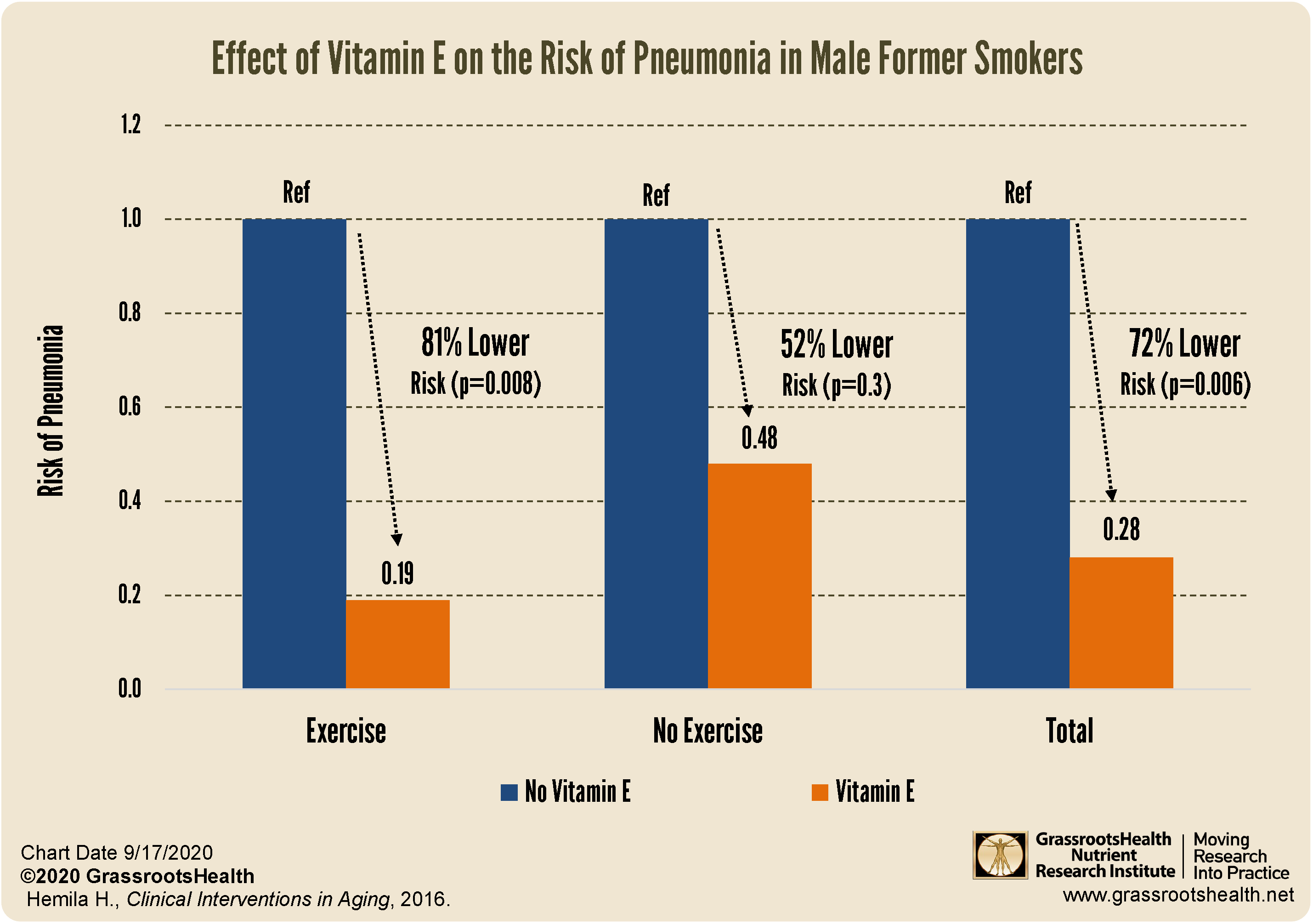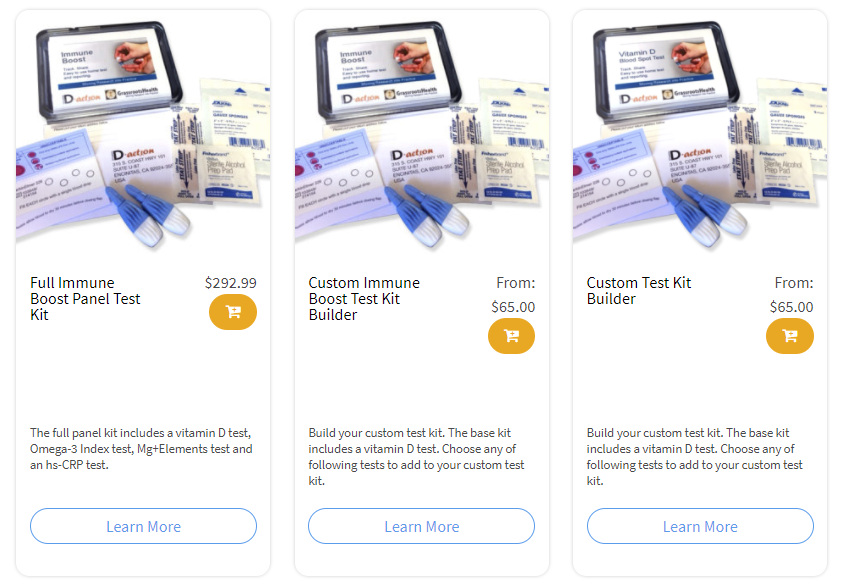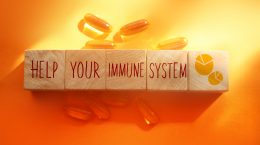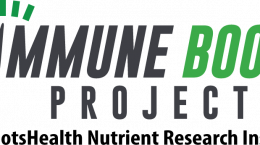Published on September 23, 2020
Vitamin E plays several roles within the immune system, including enhancing T cell function, protecting the cell membranes of immune cells, and reducing the production of immunosuppressive factors. Some studies have found that vitamin E may play an especially important role in the immune response of the lower respiratory tract to infections from some bacteria and viruses, such as the influenza virus. Proper immune function is dependent on nutrient levels and a deficiency in one or more nutrients can increase the risk of infection. Notably, a recent study demonstrated that 84% of Americans do not get enough vitamin E from their diet.
Vitamin E Supplementation Among Smokers shown to Reduce Incidence of Pneumonia
 The Alpha-Tocopherol, Beta-Carotene Cancer Prevention (ATBC) Study was conducted in Finland, and involved 29,133 male smokers between the ages of 50 and 69 years.
The Alpha-Tocopherol, Beta-Carotene Cancer Prevention (ATBC) Study was conducted in Finland, and involved 29,133 male smokers between the ages of 50 and 69 years.
A secondary analysis of the data from the ATBC study to determine if vitamin E supplementation had any effect on the incidence of pneumonia was conducted by Harri Hemilä. This analysis included 7,469 participants who received either 50 mg/day of vitamin E or placebo for a duration of 5 – 8 years and started smoking no earlier than the age of 21. The group was further broken down between those who smoked 5-19 cigarettes at baseline (n=2,216) and those who smoked 20 cigarettes or more per day at baseline (n=5,253), as well as those who did or did not include moderate to heavy exercise in their leisure time.
Overall Findings from the ATBC Study on Vitamin E and Pneumonia
While the ATBC study also looked at other outcomes such as cancer incidence, findings from the ATBC study related to hospital-treated cases of pneumonia included the following:
- The age at which the participant started smoking modified the effect of vitamin E on the risk of pneumonia (which is the reason the secondary analysis included only those who started smoking at a later age)
- In those who began smoking at 21 years of age or older, vitamin E supplementation decreased risk of pneumonia by 35%
- The effect of vitamin E was modified by age and amount of exercise
What did the secondary analysis on pneumonia discover?
Further analysis showed that
- Vitamin E supplementation had the greatest influence in those who smoked less and exercised
- Vitamin E had no overall effect for those who smoked 20 or more cigarettes per day or did not exercise
- Among all those who smoked 5-19 cigarettes per day and exercised, vitamin E supplementation reduced the incidence of pneumonia by 69%
- Among those who quit smoking during the study, regardless of how much they had smoked at the start of the study, vitamin E supplementation reduced the incidence of pneumonia by 72%
As seen in the chart above, when former smokers were further evaluated by whether they exercised or not, those who received vitamin E supplementation had an 81% lower incidence of pneumonia if they exercised and a 52% lower incidence if they did not exercise, however this latter difference was not statistically significant.
The overall conclusion from this secondary analysis is that vitamin E supplementation does help to decrease risk of pneumonia among smokers, but these effects are modified by the amount of overall cigarette smoke exposure, amount of exercise, and age. The greatest effect of vitamin E supplementation on the incidence of pneumonia was seen in those who had quit smoking and who also exercised.
Could Nutrients Help Improve Your Immune Response?
Could getting more of certain nutrients help to decrease your levels of inflammation and improve your immune response? Find out by testing your vitamin D, omega-3s, magnesium and other essential elements (including copper and zinc), as well as your inflammation levels, with the new Immune Boost home test kit offered by GrassrootsHealth. Measuring levels is the only way to know if you are supporting your immune system and whether additional changes should be made, with supplementation, dietary changes, or both.
Enroll now with the Full Immune Boost Panel (which includes tests for vitamin D, Omega-3 Index, magnesium, zinc, selenium, copper, and hsCRP), and get 10% off when you use coupon code BoostTen at checkout.
What Does it Take YOU to Get Your D to 40 ng/ml (100 nmol/L)?
Did you know your health could be greatly affected by making sure you have a vitamin D level of at least 40 ng/ml (100 nmol/L)? Help us help you.
STEP 1 – Do you know what your vitamin D level is? If not, be sure to test today to find out.
STEP 2 – Determine your target level. Are you at your target level? Experts recommend a level of at least 40-60 ng/ml (100-150 nmol/L).
STEP 3 – Need to boost your level? Use the D*calculator to see how much vitamin D it may take to reach your target. Opt for the Loading Dose for a quicker boost.
STEP 4 – Optimize how your body absorbs and utilizes vitamin D with co-nutrients and these simple steps.
STEP 5 – Re-Test! This is an important step to make sure you have reached your target level, and to ensure you are not taking too much! Re-testing after 3-4 months is recommended.
STEP 6 – Adjust, Repeat…
Give your immune system the nutrients it needs to support a healthy you and protect yourself from unnecessary diseases, especially COVID-19.
NEWS ALERT
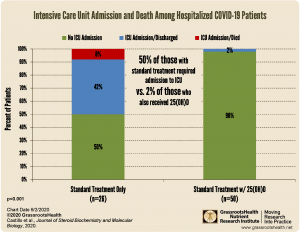 The first Randomized Controlled Trial on vitamin D and COVID-19 has shown a 96% lower risk of ICU admission for those receiving vitamin D (as 25(OH)D to quickly boost vitamin D blood levels) along with the standard treatment, compared to those receiving standard treatment alone.
The first Randomized Controlled Trial on vitamin D and COVID-19 has shown a 96% lower risk of ICU admission for those receiving vitamin D (as 25(OH)D to quickly boost vitamin D blood levels) along with the standard treatment, compared to those receiving standard treatment alone.
These results support many previous observational studies showing a relationship between vitamin D levels and intake and COVID-19 severity.
Review the Latest Nutrient Research for COVID-19
GrassrootsHealth Nutrient Research Institute has launched the new Immune Boost project with the use of our myData-myAnswers nutrient health system that nearly 15,000 people are already using for their health. Specific markers that influence immune health are suggested for testing as part of this project including:
- Vitamin D
- Omega-3 Index
- Essential elements magnesium, selenium, and zinc
- hsCRP
Our goal is to demonstrate how one can use the Nutrient Research Model established by Dr. Robert Heaney to show the effect of vitamin D serum levels of at least 40 ng/ml (100 nmol/L) on risk reduction for all ethnicities in the population. Status and intake of other nutrients will also be analyzed for any type of relationship to immune status and symptom severity. Join the project today!
Please let us know if you’re interested in helping sponsor this project.
CLICK HERE for updates and new information about the project.
Through GrassrootsHealth Nutrient Research Institute, you can also test your essential elements magnesium, copper, zinc and selenium, toxins such as lead, mercury and cadmium, as well as your omega-3 levels, inflammation levels and thyroid stimulating hormone (TSH) level. Find out your levels today! Log on to the test selection page (click the link below) to get your tests and see for yourself if your levels can be improved.
Make sure you track your results before and after, about every 6 months!
Click Here to Access the Test Page
How can I track my nutrient intake and levels over time?
To help you track your supplement use and nutrient levels, GrassrootsHealth has created the Personal Health Nutrient Decision System called
For each specific supplement, you can track what days you take it, how much, and many other details. This will help you know your true supplemental intake and what patterns of use work for you to reach and maintain optimum nutrient levels. Check it out today!


